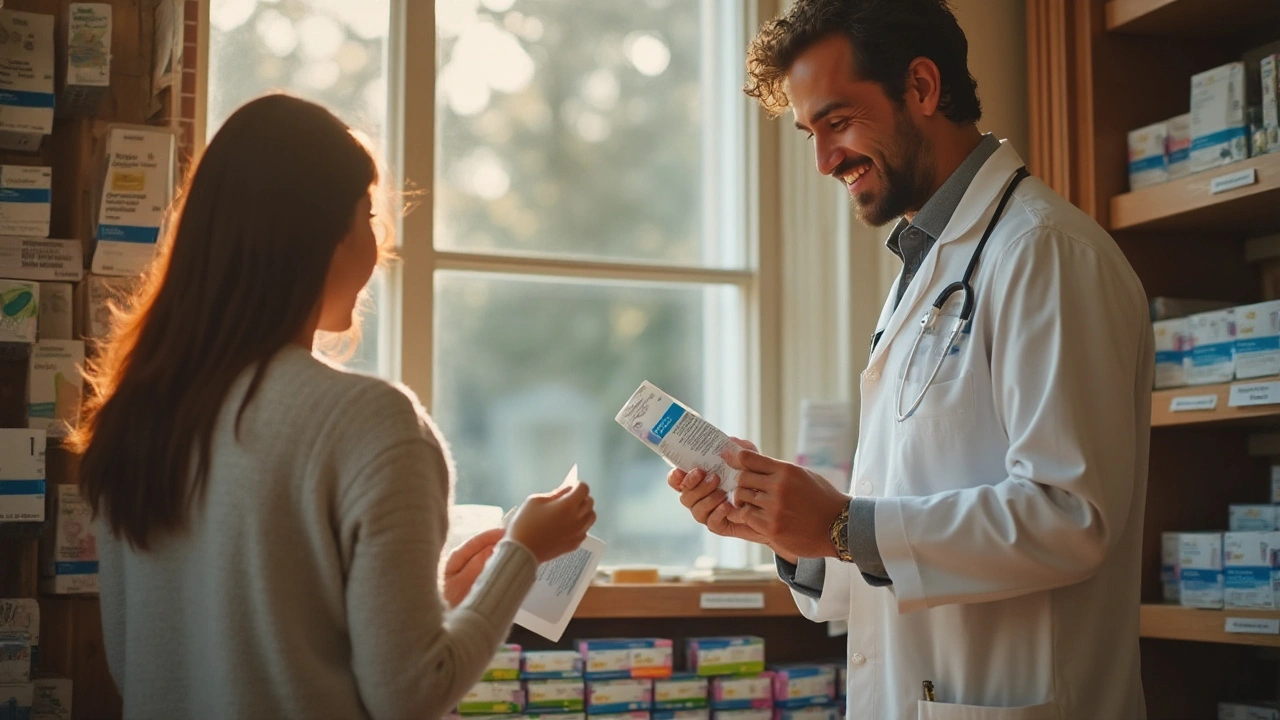Medication Interaction: Spot Risks and Stay Safe
Mixing medicines, supplements, or certain foods can change how drugs work. Some interactions make a drug weaker, others boost side effects — and a few can be dangerous. This page helps you spot common troublemakers and gives simple steps you can use right away to reduce risk.
Common risky combinations
Start with a few real examples you’ll see often. Warfarin (Coumadin) is a big one: many antibiotics (like fluconazole or metronidazole), NSAIDs, and even some antidepressants can raise bleeding risk. If you take warfarin, tell every clinician and pharmacist you see.
SSRIs (for depression) and MAOIs together can cause serotonin syndrome — a fast, serious reaction with restlessness, high temperature, and tremors. Don’t ever combine them without clear medical supervision.
Statins plus certain antibiotics (clarithromycin) or antifungals can spike muscle pain and damage. Grapefruit juice can raise blood levels of drugs such as simvastatin and some blood pressure pills, causing side effects.
Herbal products matter too. St. John’s wort speeds up liver enzymes and can make birth control, antidepressants, and some blood thinners much less effective. Even OTC antacids can block absorption of antibiotics like ciprofloxacin if taken at the same time.
Simple steps to avoid interactions
Keep a clear, up-to-date list of everything you take: prescription drugs, OTC meds, vitamins, and herbs. Carry it or store it on your phone. Use one pharmacy when possible — pharmacists see the whole picture and can flag interactions fast.
Ask questions: "Will this interact with my other meds?" Read the patient leaflet and check the label for warnings about food, alcohol, or other drugs. If a new drug is prescribed, ask whether any tests or dose changes are needed (INR checks for warfarin, for example).
Use a trusted interaction checker app or the pharmacy's system, but don’t rely on them alone. If you notice new symptoms after starting a medicine — unusual bruising or bleeding, severe muscle pain, sudden confusion, high fever, or fast heartbeat — contact your doctor or seek urgent care.
Never stop a prescription on your own, especially blood pressure drugs, antidepressants, or anticoagulants. Stopping abruptly can cause withdrawal, rebound symptoms, or dangerous clotting changes.
If you stay curious and keep communication open with your prescriber and pharmacist, you’ll avoid most interaction problems. Small actions — a medication list, one trusted pharmacy, and a quick question — prevent the most serious risks.
Motilium, containing the active ingredient Domperidone, is a medication used to relieve nausea and vomiting. This article explores medical and side effects, drug interactions, common dosage, and recommendations for the use of Motilium. Offering insight into where to find the best deals, it provides tips to safely and effectively manage the medication's purchase and consumption.

